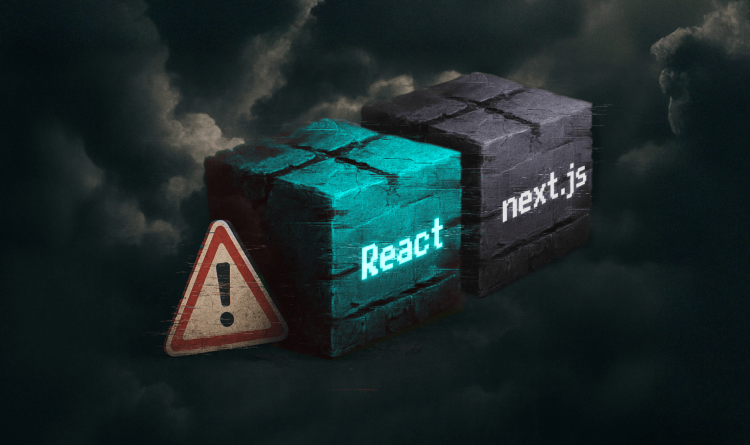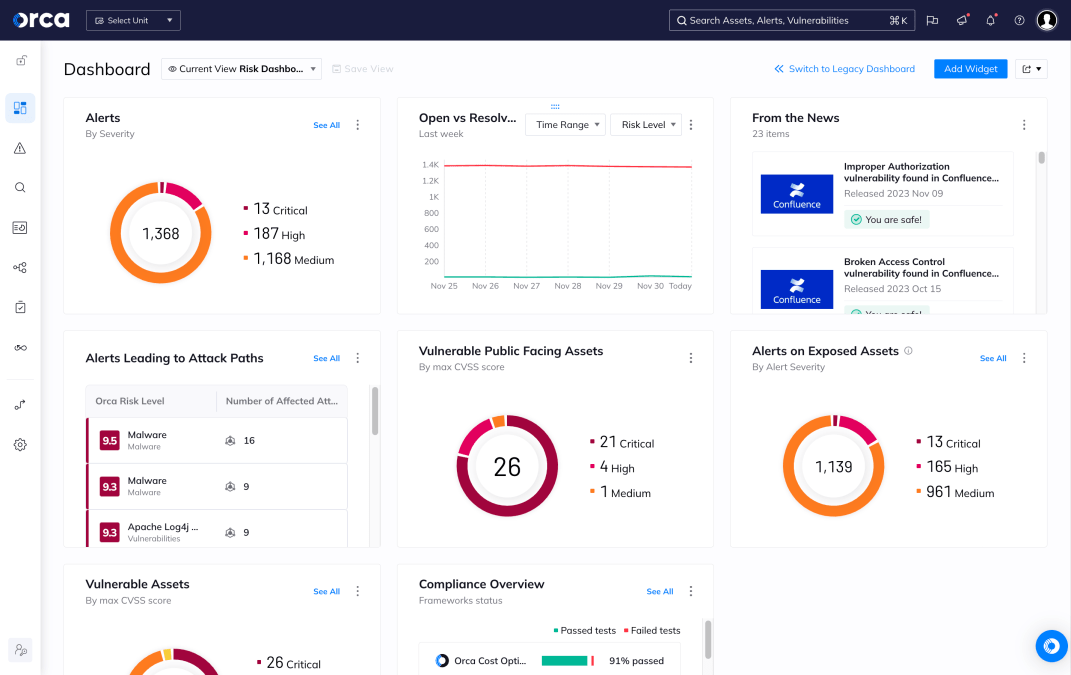A Purple Team is a collaborative cybersecurity model that merges the offensive insights of Red Teams with the defensive strategies of Blue Teams. Unlike traditional Red Team exercises, which are adversarial in nature, Purple Teaming emphasizes real-time cooperation between attackers and defenders to enhance an organization’s threat detection and response capabilities. This approach fosters continuous knowledge sharing and control validation, enabling security teams to test assumptions, improve defenses, and refine processes. As cloud environments become more dynamic and complex, Purple Teaming has become especially important for identifying real-world risks that span both application and infrastructure layers.
Why is it important?
Purple Teaming bridges the gap between theoretical defenses and practical effectiveness. In many organizations, Red and Blue Teams operate in silos, leading to missed opportunities for mutual learning. Purple Teams break down these barriers by allowing both sides to collaborate and validate security controls against simulated threats.
Key benefits include:
- Improved threat detection: Blue Teams gain direct insight into attacker tactics, techniques, and procedures (TTPs), enhancing detection rule development.
- Faster remediation: Immediate feedback loops allow security teams to adapt controls and processes during the exercise.
- Operational resilience: Exercises help validate assumptions about system resilience and incident response effectiveness.
- Cloud-specific insights: Purple Teaming helps test real-world attack paths in cloud-native environments that traditional assessments may overlook.
Frameworks such as NIST’s Cybersecurity Framework and MITRE ATT&CK support Purple Team initiatives as part of a continuous improvement model, especially in regulated and cloud-first organizations.
How does it work?
Purple Team exercises typically follow these steps:
- Planning and scoping: Define goals, objectives, and scope of the exercise. Select tactics based on realistic threat scenarios aligned to the organization’s risk profile.
- Execution: Red Team conducts controlled attacks while Blue Team monitors, detects, and responds in real time.
- Collaboration: Both teams meet at predefined points (or continuously) to discuss what was done, what was observed, and where gaps exist.
- Remediation and tuning: Teams use insights gained to refine detection rules, improve playbooks, and enhance response workflows.
- Documentation and follow-up: The Purple Team documents lessons learned and creates a roadmap for security improvements.
These exercises often use frameworks like MITRE ATT&CK to track progress and ensure comprehensive coverage across the attack lifecycle. In cloud environments, Purple Teaming might focus on areas such as misconfigured IAM roles, exposed cloud storage, lateral movement through Kubernetes, or privilege escalation via cloud control plane APIs.
Security risks and challenges
Despite its benefits, Purple Teaming is not without challenges:
- Scope creep: Overly ambitious exercises can dilute focus and reduce actionable outcomes.
- Communication barriers: Offensive and defensive teams often have different technical vocabularies and priorities.
- Time and resource constraints: Purple Teaming requires dedicated time from skilled Red and Blue Team members, which can impact other security operations.
- Tool limitations: Legacy detection tools may not offer sufficient visibility into cloud-native environments or containerized workloads.
- Realism vs. safety: Simulating attacks in production carries risk. Many teams must use staging environments, which can reduce realism.
Cloud infrastructure compounds these challenges. Rapid change, abstraction layers, and ephemeral workloads make it difficult to maintain visibility and simulate persistent attack conditions. Legal and compliance concerns may also limit the scope of simulated attacks in shared cloud environments.
Best practices and mitigation strategies
To maximize value from Purple Teaming:
- Define focused objectives: Limit scope to specific threats, TTPs, or controls that can be evaluated deeply.
- Use threat-informed frameworks: Align exercises to adversary models like MITRE ATT&CK or industry-specific threat intelligence.
- Establish rules of engagement: Clarify what’s in and out of scope, especially in sensitive environments like production.
- Invest in team training: Ensure both offensive and defensive personnel understand the tools, techniques, and purpose of Purple Teaming.
- Leverage real telemetry: Use data from production or production-like environments to improve detection tuning and reduce false positives.
- Document and assign follow-ups: Ensure every lesson learned leads to concrete changes, with owners and deadlines.
Purple Teaming should be part of a broader continuous testing strategy that includes red teaming, threat hunting, and blue team simulations. In cloud-native environments, special attention should be given to areas like container orchestration, API security, and identity misconfigurations.
How Orca Security helps
The Orca Cloud Security Platform enhances cloud security across multi-cloud environments. The Orca Platform delivers:
- Comprehensive asset discovery: Orca identifies all cloud assets, workloads, and configurations without agents, ensuring both teams operate with full context
- Attack path visualization: Simulates how attackers could exploit toxic risk combinations to endanger high-value cloud assets
- Risk prioritization: Analyzes risks holistically and in full context of your cloud estate to surface the risks that matter most
- Continuous monitoring: Continuously monitors for environment changes that could invalidate assumptions from earlier Purple Team exercises
- Unified multi-cloud compliance: Maps security gaps to more than 185 regulatory and industry frameworks, streamlining documentation and compliance validation.
- Developer integrations: Helps teams address Purple Team findings through two-way integrations with development pipelines, source code management (SCM) platforms, ticketing systems, and more
By aligning offensive testing with defensive monitoring and cloud context, Orca helps organizations turn Purple Team insights into measurable improvements in cloud security.



